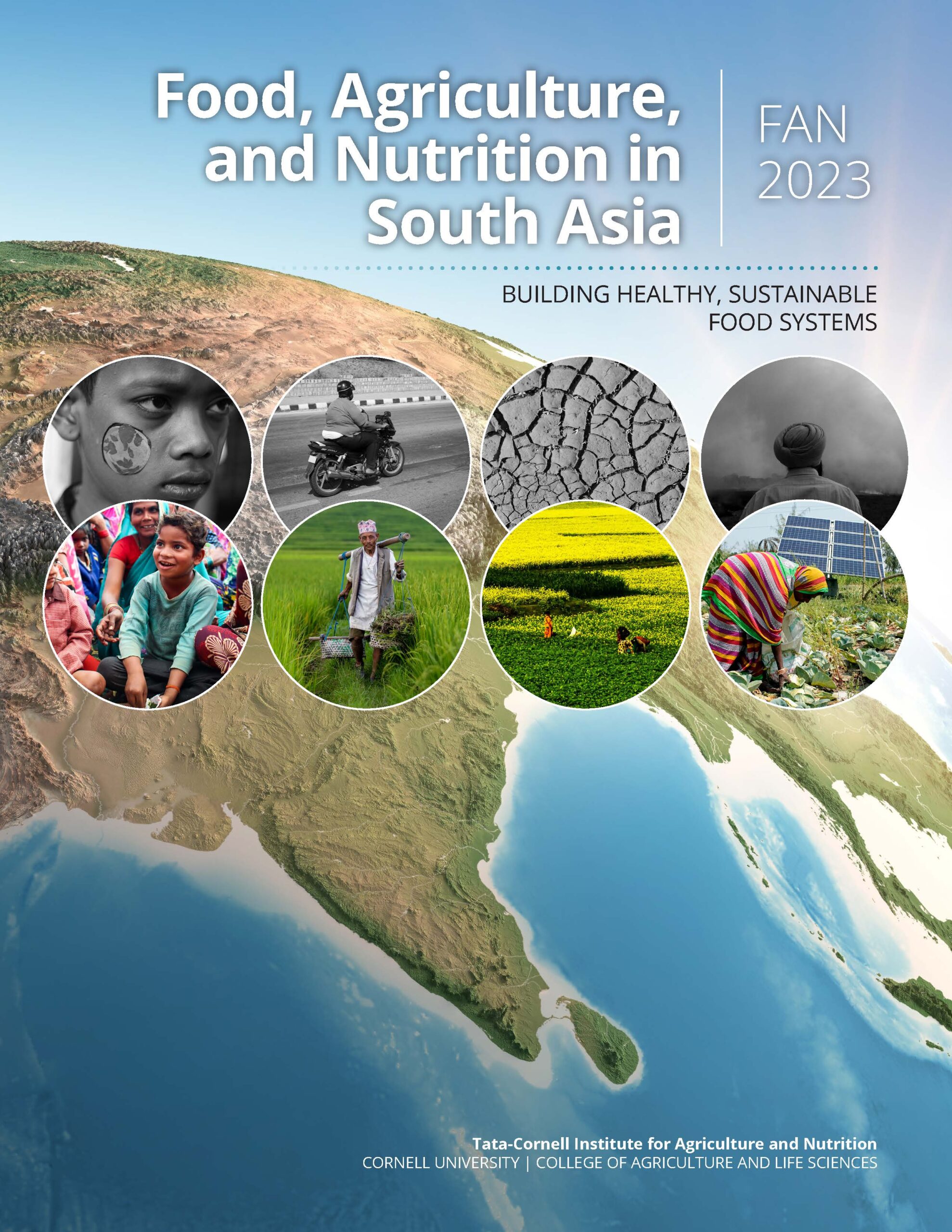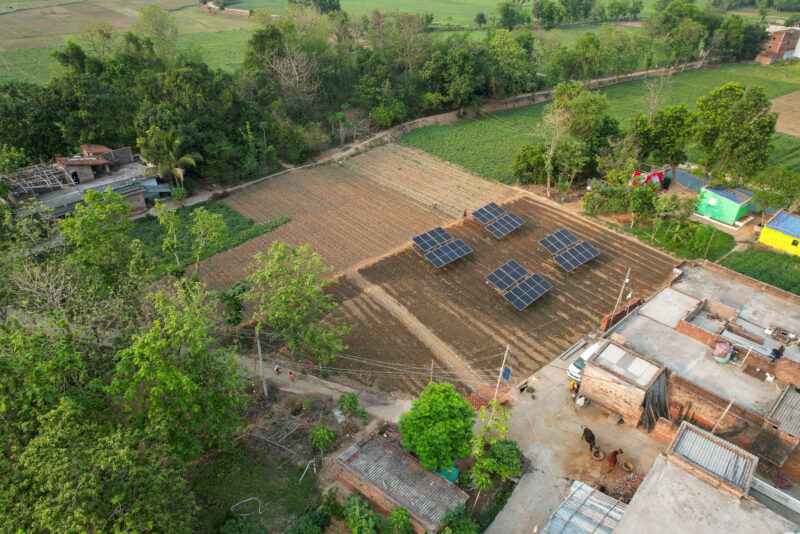Coordinated Action Is Needed to Solve South Asia’s Malnutrition Puzzle

With hunger again on the rise across South Asia, a coordinated approach that aligns activities on the local, national, and international levels is needed to address the region’s malnutrition challenges, according to a new report from the Tata-Cornell Institute for Agriculture and Nutrition (TCI).
Food, Agriculture, and Nutrition in South Asia: Building Healthy, Sustainable Food Systems examines trends in nutrition, agriculture, and food consumption in Afghanistan, Bangladesh, Bhutan, India, Maldives, Nepal, Pakistan, and Sri Lanka, offering a range of policy instruments for improving nutrition outcomes.
Citing the complexity of the challenges facing food systems in South Asia, the report contends that no single entity or government can overcome them alone. Instead, local, national, and international bodies must align their activities and work in concert with one another.
“Across South Asia, different countries and localities are tackling similar challenges as they relate to curbing malnutrition in all its forms, improving agricultural productivity, and adapting to our changing climate,” TCI Director Prabhu Pingali said. “This report shows that, while these challenges are complex and difficult, significant global progress on hunger and malnutrition can be achieved if effective policies can be implemented in the region.”

Food, Agriculture, and Nutrition in South Asia: Building Healthy, Sustainable Food Systems is available for download in PDF format.
Hunger rates in South Asia declined for over a decade, but in recent years there has been a notable uptick. From 2018 to 2021, undernourishment increased from 12% to 17%. Around one-third of South Asian children under 5 are stunted, 15% are wasted, and more than half are anemic. Simultaneously, obesity is also on the rise in the region. Among adults, 20% of the population are overweight.
To address these issues, the TCI report outlines a suite of policy options that could be considered along different parts of food supply chains in South Asia. For example, at the production stage, access to high-quality seeds and breeds, as well as changing cropping structures, can improve productivity. Investments in physical infrastructure like roadways could yield benefits at the transportation and packaging stage, and advertising can be used at the retail stage to promote healthier purchasing habits.
The report also highlights the importance of credible, timely data for both research and policymaking relative to food systems in South Asia. Data enables researchers and policymakers to develop the deep understanding of key issue areas needed to create effective policies and interventions. The final ingredient necessary for robust policymaking is institutions equipped to implement policies on the global, national, and local levels.
A key message of the report is the need to be wary of unintended consequences when designing and implementing new policies. This is reflected in the policy options offered in the report, which are accompanied by possible inadvertent outcomes. Policies that subsidize irrigation, for example, may improve crop yields but may also contribute to soil degradation and the overuse of groundwater reservoirs.
“Policymakers and researchers alike must work to ensure that all possible outcomes are considered before deciding on a course of action,” said Milorad Plavsic, manager of strategic initiatives at TCI and author of the report. “This is especially important in the age of climate change, as efforts to boost agricultural productivity can often involve tradeoffs with environmental goals.”
The report is the third in a series from TCI. Published in 2020, the inaugural report assessed the state of food, agriculture, and nutrition in India. A follow-up report took a closer look at the food system in the Indian state of Bihar.
Featured image: People shop at a farmers’ market in Punakha, Bhutan. (Photo by Ipek Morel/Shutterstock)





